Color Worqx
Complementary Colors
We look at a color wheel to understand the relationships between colors. Analogous colors are positioned in such a way as to mimic the process that occurs when blending hues. The colors that are positioned opposite one another are complementary colors.
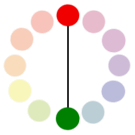
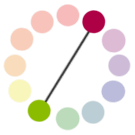
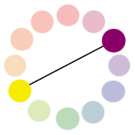
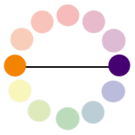
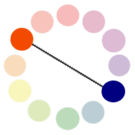
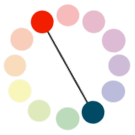
To call those hues in direct opposition to each other "complements of each other" is appropriate. Complementary colors bring out the best in each other. When fully saturated complements are brought together, interesting effects are noticeable. This may be a desirable illusion, or a problem if creating visuals that are to be read.
Visual Illusions
Vibrating Boundaries
Notice the illusion of highlighted edges and raised text. This may occur when opposing colors are brought together.
Perceptual Opposites.
We learn from the relationships displayed by a color wheel that every color has an opposite. Every color has both a color wheel opposite as well as a perceptual opposite. Without a color wheel, it is still possible to find the opposite of a color and this is due to a phenomenon of our eyes. Due to the physiological differences between individuals, everyone's perceptions do vary—the complements shown below are my own perceived opposites:
source >> result






ADVERTISEMENT
Continue the tutorial and view: After Images
